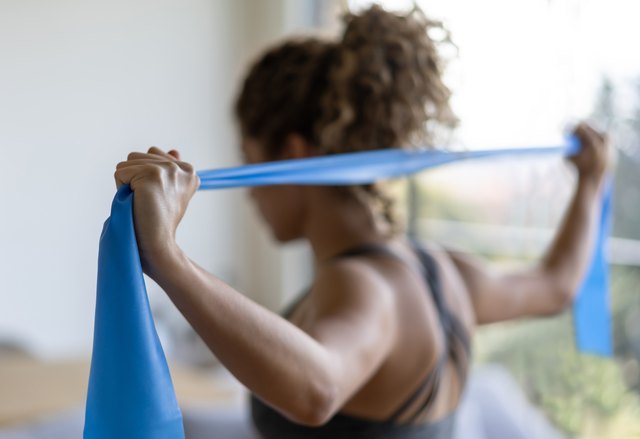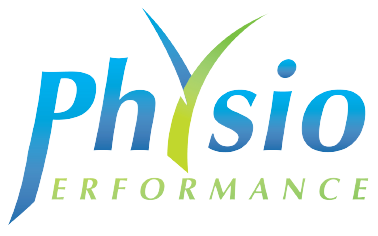One of the most common shoulder injuries seen among patients here in the Physio Performance clinic is Rotator Cuff Tendinopathy.
Anatomy
The rotator cuff consists of 4 small muscles, all stemming from the shoulder blade, and all attaching in some way to the head of the humerus. While the cuff is responsible for aiding in movements such as abduction, internal and external rotation of the shoulder joint, their main role is to stabilize the head of the humerus while the limb is in motion, especially when overhead movement of the arm is involved. Essentially, the primary role of the rotator cuff muscles is to keep the head of the humerus in position during movement.
Presentation/Onset
Those experiencing a rotator cuff tendinopathy will often find overhead movement very provocative, and often a significant decrease in strength compared to the unaffected side can be seen with resisted muscle testing. Specifically, a rotator cuff tendinopathy refers to when the tendons of the rotator cuff muscles become overloaded.
This occurs when there is excessive and repetitive load placed on the shoulder muscles, particularly in overhead positions. Initially, this increased load can cause irritation of the muscle tendons, but if allowed to progress, can advance into micro-tearing and break-down of tendon tissue.
Treatment
In the early stages of the treatment of rotator cuff tendinopathy, range of motion is the most important factor, more specifically, pain free range of motion. While overhead movement and exercises are often painful, range of motion is usually not limited in patients with rotator cuff tendinopathy. While it may be painful to approach the end of range, it is still achievable.
Therefore, even before strengthening of the rotator cuff can begin, it is important to increase the patient’s pain free range of motion. This can be achieved using active-assisted movements, i.e. using an object such as a brush handle to push the shoulder into end of range positions.
Once pain free range of motion has been increased to almost full capacity, we can begin to strengthen the rotator cuff. While the rotator cuff is active at all ranges of motion, it is most active when stabilizing the head of the humerus during overhead activities such as a tennis serve, swimming etc. Following this logic, we will begin to strengthen the rotator cuff in positions where the demand is not overly high, e.g. below shoulder height.
As strength develops and pain begins to decrease, we can begin to introduce overhead movements and increase the demand placed on the rotator cuff. Once the patient can perform high intensity overhead activities pain free, we can be confident that the rotator cuff is strong enough to meet the demands of daily life.
The Physio Performance Way:
We are the specialists here in the Drogheda area dealing with Rotator Cuff injuries.
We can guide you right through the whole journey: From initial diagnosis to a full recovery.
A rehabilitation program will be customised for you to help you regain the range of motion in your shoulder and help you build a more confident and stronger shoulder.
Next step:
Want to get in touch with our team?
Looking for some advice?
We’d love to Help!
You can contact us on 041-9877059 or at info@physioperformance.ie. You can also book an appointment online with us HERE.





